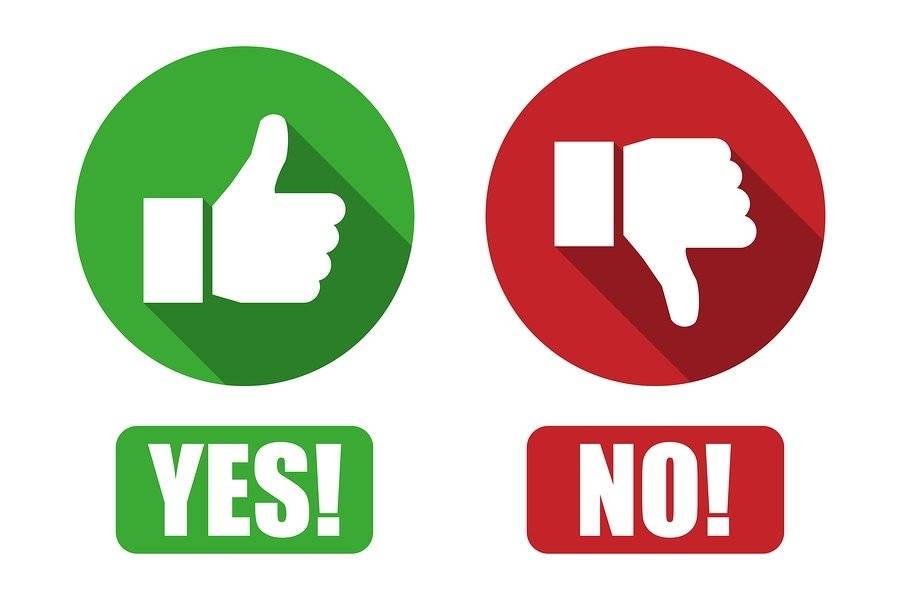Is your employee refusing medical injury treatment for a potential worker compensation claim? Based on the geographic location of your business, many state workers’ compensation statutes limit and mandate certain employer actions when a worker is injured. Depending on the state, there are specific timelines to follow and forms to complete. But what about when a worker injures themselves and refuses to accept treatment or file a claim? What are your responsibilities? While the exact legal answer depends on your situation and state laws, consider the following to limit your liability. Not sure click here.
When You Notice An Employee Injury
If you’ve notice that one of your employees has been injured, whether they have mentioned it or not, gently bring it up. Then, discuss the circumstances of the injury with the employee to determine whether the injury occurred when working. Many state workers’ compensation statutes obligate employers to report injuries as soon as they have knowledge of them. Delay in reporting the injury could result in a much larger claim & fines from the state. Completing the paperwork to report injuries is not an admission of your liability—on the contrary, it could protect you. This is where we see Employers are weakest, as they have no consistent systems in place. This could ultimately help them defend themselves in a workers compensation claim hearing.
In the Case of An Employee’s Refusal For Medical Treatment For A Potential Worker Compensation Claim
When discussing the injury with the employee, explain that reporting job-related injuries ensures injured workers to certain benefits. This is in action while recovering from the injury. This should have been in writing in your employee handbook as part of your policies and procedures. Further notifying your employees of their obligation to report timely. All potential workplace injuries should be part of your initial on-boarding process. If the employee refuses to file a claim for the injury, file the employer’s portion of the report with a statement of refusal to pursue a claim signed by the employee. It is crucial that you document this conversation to protect your organization from being penalized in the future. Typically we advocate separate reporting forms, one for the employee and one for the direct report supervisor. This serves a dual purpose of taking down details of the incident and as an accident investigation report.
Employees that do initially report injuries but then refuse treatment under the physician or facility that your organization furnishes should sign a similar form confirming this refusal. The employer also has a right to state to the employee that the only way they could be allowed back at work is if they passed a medical clearance test. This test determines their physical capacity to perform the work. Self-diagnosis by an employee is rarely a good idea.
Workers Compensation Benefits for Employees that Refuse Medical Treatment
State workers’ comp statutes vary, but in most cases, workers’ compensation benefits are suspended for employees that refuse to comply with any reasonable request for examination or refuse to accept medical service or physical rehabilitation which the employer elects to furnish. Benefits may not be payable for this period of refusal of treatment—check with your workers’ comp carrier.
What Employers Can Do When An Employee Refuses Medical Treatment For A Workers Compensation Claim
It is important that you prepare for an eventual employee’s refusal to submit a claim or refusal to accept treatment for a workplace injury. All employers should have a legal representative draft a form for refusal of treatment that complies with state requirements so it is immediately available when needed. Discuss with supervisors the importance of documenting and reporting all injuries, whether or not the worker chooses to report them.
Workers compensation insurance is obligatory in most states. Contact a Risk Advisor at Metropolitan Risk by CLICKING HERE or call (914) 357-8444 for more information.
